COVID-19: Why Wearing a Mask Matters
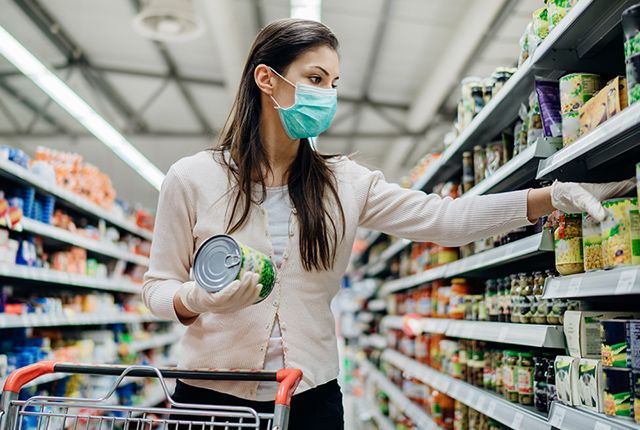
If you have been out and about in northern Michigan lately, you’ve likely seen the signs at grocery stores, restaurants, gas stations, and other businesses: “Mask required.”
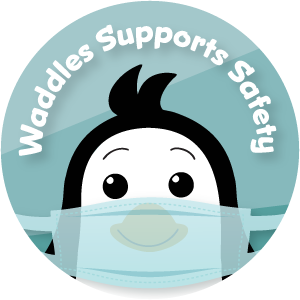
There’s been a lot of confusion over mask wearing. At first it wasn’t recommended, then it was. It leaves many of us asking, do masks really prevent the spread of COVID-19?
The short answer: Yes. The new coronavirus spreads mainly from person to person through respiratory droplets produced when an infected person coughs, sneezes, or talks. Face masks help prevent the spread of the virus by keeping droplets out of the air and off of surfaces.
Early on in the pandemic, public health officials said the general public didn’t need masks, but as the science surrounding COVID-19 evolved, it soon became clear that infected people can spread the coronavirus before they show symptoms or even if they never show symptoms (called asymptomatic spread).
In response to many new scientific studies, the World Health Organization recently released the following guidance: “WHO advises that governments should encourage the general public to wear masks where there is widespread transmission and physical distancing is difficult, such as on public transport, in shops or in other confined or crowded environments."
Whether or not you are feeling sick or have COVID-19 symptoms, there is evidence that if you have the virus, you may be able to transmit it to others when you speak, cough, or sneeze. In short, wearing a mask protects the people around you. If everyone combines wearing a mask while in public with social distancing, the risk of community spread can be reduced.
What Type of Mask Should I Wear?
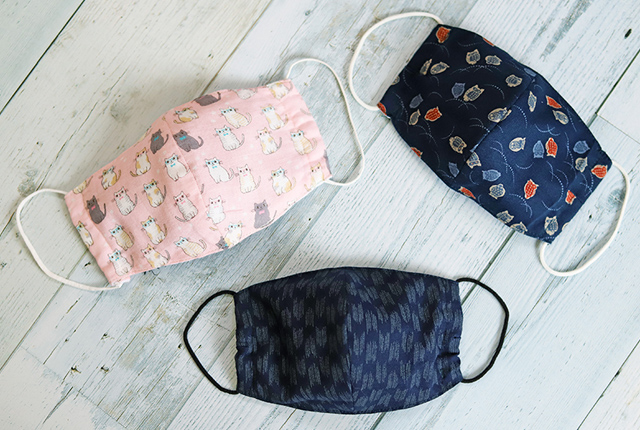
You’ve probably seen the most common types of masks: N95 masks, surgical masks, and cloth masks.
N95 Respirator Masks
N95 respirator masks are tight fitting and made of material that can filter out an estimated 95% of airborne particles. This type of mask should only be used by frontline healthcare and other workers who need them as part of their job to perform specific high-risk procedures for patients. It is not recommended that the general public wear N95 respirators to protect themselves.
Surgical/Medical Masks
Surgical masks should be worn by healthcare workers, people with COVID-19 symptoms, or anyone taking care of someone suspected or confirmed with COVID-19, but they are becoming more widely available for general use. Typically, these disposable, single-use masks are rectangular with pleats to expand to cover your nose, mouth, and jawline, and are made of breathable synthetic fabric.
Cloth Masks
Most of the general public should wear a cloth mask when out and about in crowded spaces where social distancing cannot be practiced, such as at the grocery store. Cloth masks can be made from a variety of materials, including cut fabric, bandanas, pillowcases, or T-shirts.
This video from the World Health Organization explains who should wear which type of mask:
Some simple Do’s and Don’ts for Wearing a Non-medical, Fabric Mask
Source: World Health Organization
How to Wear a Mask Correctly - Do's
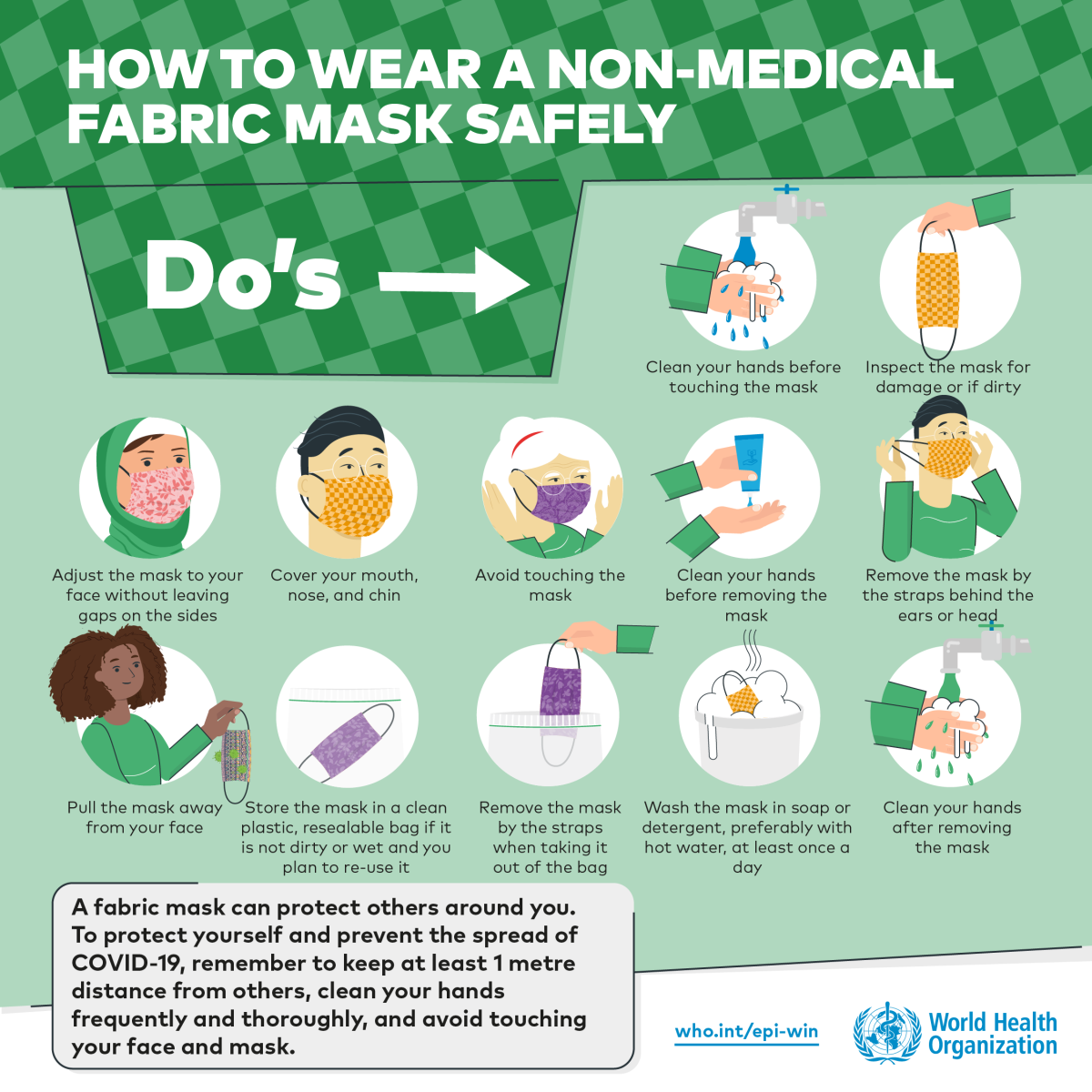
- Clean your hands before touching the mask
- Inspect the mask for damage or if dirty
- Adjust the mask to your face without leaving gaps one the sides
- Cover your mouth, nose and chin with the mask
- Avoid touching the mask once it is on
- Clean your hands before removing the mask
- Remove the mask by the straps behind the ears or head
- Pull the mask away from your face
- Store the mask in a clean reusable bag if it is not dirty or wet and you plan to re-use it
- Clean your hands after removing the mask
- When needed, wash the mask in soap or detergent, preferably in hot water
How NOT to Wear a Mask - Don't
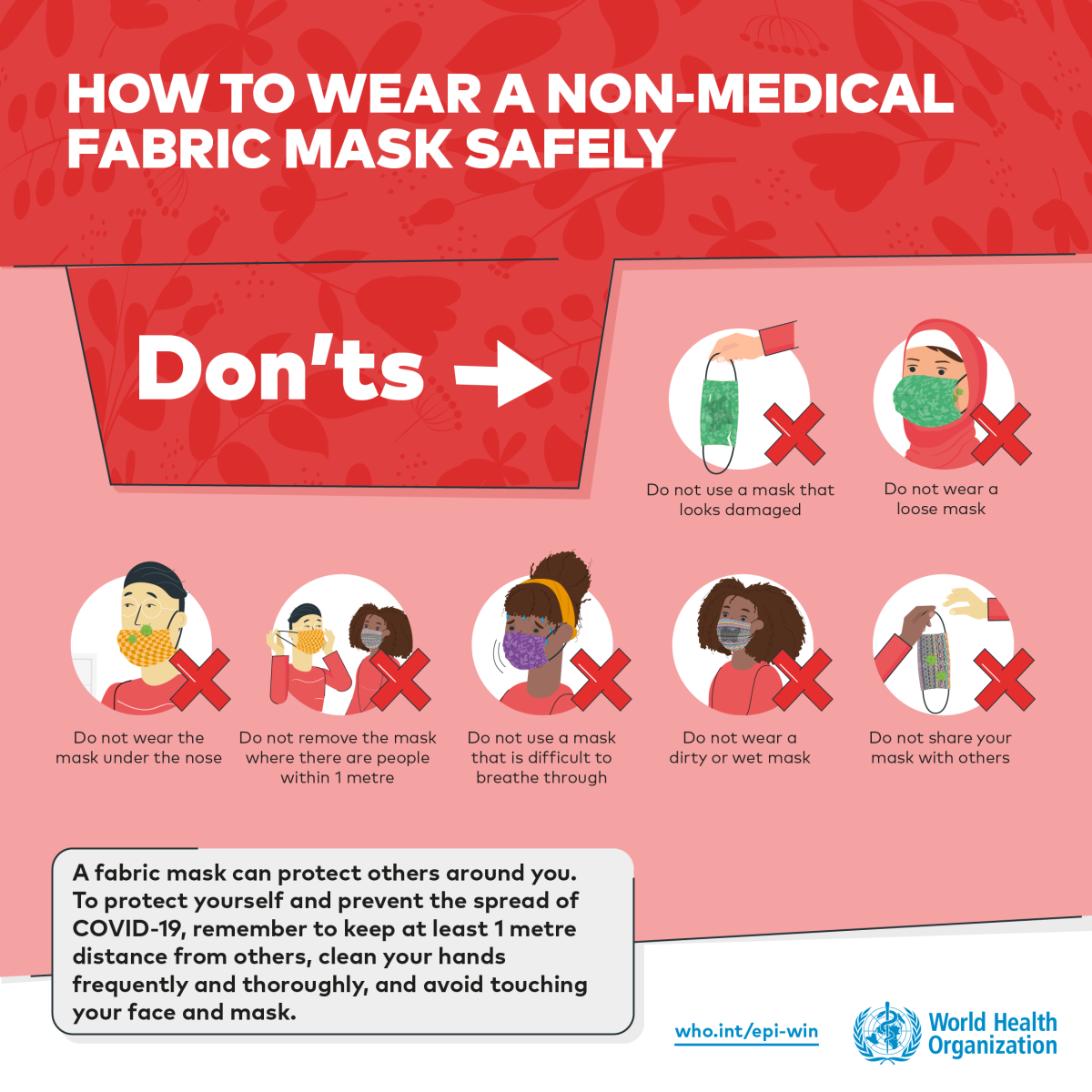
- Do not use a mask that looks damaged or soiled
- Do not wear a loose mask
- Do not wear the mask under the nose
- Do not remove the mask where there are people within 6 feet
- Do not use a mask that is difficult to breathe through
- Do not share your mask with others
Wearing a Mask is Just One of the Things You Can do to Reduce the Spread of COVID-19
A mask alone will not protect you from COVID-19, but should be combined with other measures including social distancing, hand washing, and avoiding large crowds.
In addition to wearing a mask, follow these everyday healthy habits:
- Stay at least 6 feet away from others
- Avoid contact with people who are sick
- Avoid touching your nose, eyes, and mouth
- Wash your hands often with soap and water, for at least 20 seconds each time
- Use hand sanitizer if soap and water are not available
- Avoid the 3 C’s: close spaces with poor ventilation, crowded places with groups of people, and close-contact settings like one-on-one conversations
To learn more about coronavirus COVID-19 and best practices for prevention, visit our website.